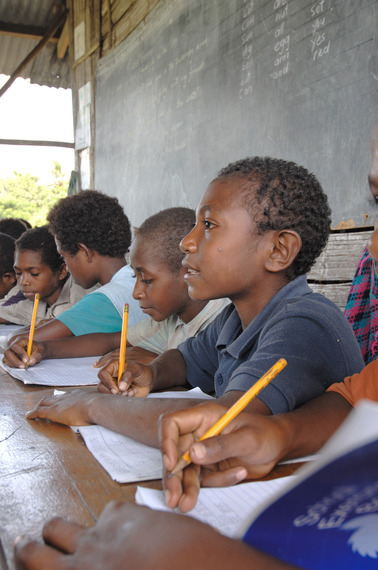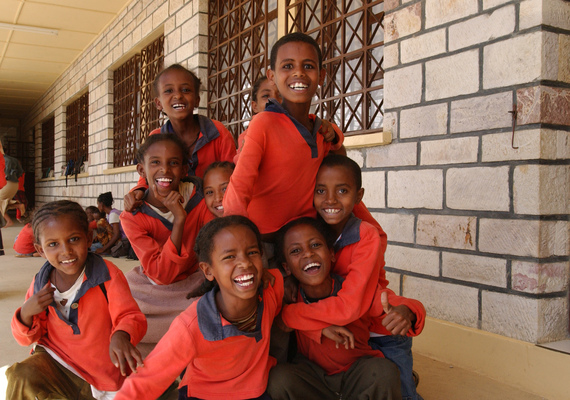"At least our teachers show up to teach." "Our fees are low and we're meeting a need where the government schools are not providing education." "With this technology, we're able to determine through regularly checking in on teachers...whether students are actually learning with our pedagogical model."
These are some of the oft-repeated rationales for "low-cost" private, for-profit schools when confronted with the question of how best to provide sustained and quality education to young people in Kenya, Ghana and other countries in which they are implementing their non-state education models. 
The resources given to these corporate models are staggering compared to the Kenyan government's public school system. For example, approximately $100 million US dollars have been invested by such institutions as the IFC of the World Bank, Bill Gates, Mark Zuckerman, Pearson Corporation and others in just one such corporate option called "Bridge International Academies." Investments in Bridge by this consortium are now greater than the investment in all of Kenya's education system by the largest multilateral donor organization, the Global Partnership for Education ($100mil+ versus. $88.4mil).
With that amount of financial resources pouring into this for-profit American company, it's no wonder that Bridge claims students are doing better on tests than students in nearby Kenyan public schools--most lacking even basic resources and learning materials--even though, in fact no independent assessment of Bridge learning outcomes has been conducted.
A recent article pointed out that poor families would have to spend "just" 18% of their family income on a Bridge education for one of their children. And what does that mean for a family of two or three children? If Bridge charges $5-6 per student (and some have found it's more) per month, 3 children would mean a family would have to pay $18. This means that poor families, often only making only $2 a day would have to spend 30% of their monthly income of $60. Faced with this situation, families will often choose to educate their sons over their daughters for economic and cultural reasons. Faced without little alternatives, these schools actually cause further marginalization of girls in these communities. Kishore Singh, the UN Special Rapporteur on the Right to Education, points out that "The cost of privatising education lies not just with school fees but also with the damage done to the public good. Fees, however small, hit the poorest and most vulnerable hardest. Sometimes, this means the oldest son receives an education while daughters stay at home. Inequalities in society grow when the poorest are excluded."
And then there is the Bridge pedagogy. Imagine this technique being proposed in developed countries: Teachers (having only a few weeks of training) receive from the capital a script on their e-reader that they then read to their students. Every Bridge teacher at each school reads the same script at the same time each day, without any time for student interaction with peers or teacher. Needless to say, educators and parents in our countries would not tolerate this cookie cutter education approach.
Jason Beaubien, NPR's Global Health and Development Correspondent, reported:
"Their business model takes the franchise model of McDonald's, merges it with a tablet computer's efficiency at delivering information, automates daily operations through a smartphone and then plunks the final product down in a third-world slum for $5 a month."
This is what Kenya's parents are told is a quality education for which they are asked to pay 18-30% of their income.
What is needed is an evaluation of the impact of these schools--both on the students, but also on the communities in which they are located. Who is included? Who is excluded? How much profit leaves the community and country of Kenya? How much learning is happening through an e-reader-delivered rote script (Faculty at UC Berkeley have serious questions)? Are dissatisfied Bridge employees the exception or the rule? What if that same level of investment were made in the public school system to improve teacher compensation, learning materials, technology, hygiene, etc.?
Education is a basic human right for all, a public good--not a commodity that only those with financial resources can afford.
Note: Photos courtesy of UNESCO
